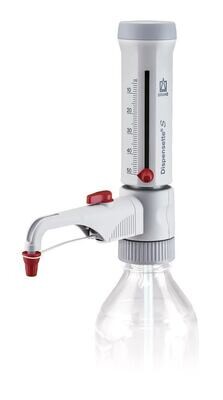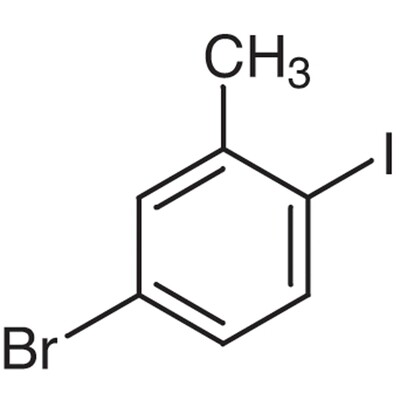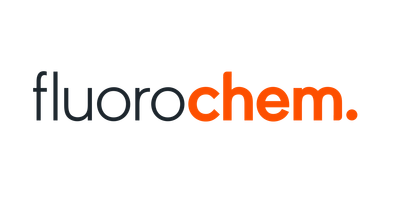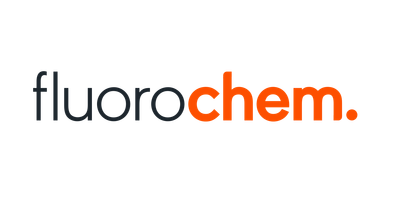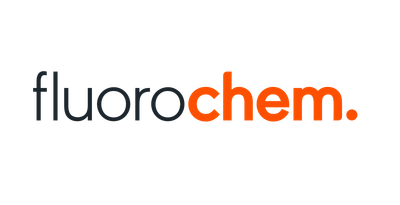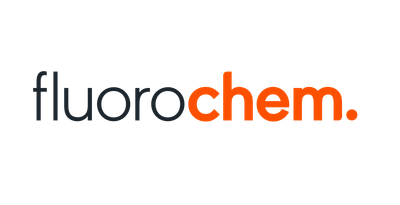Verzending 24–48 u • Levering in de hele EU • Veilige chemieverpakking
Zirconium chloride 98% 250 g
SKU 008436
€ 145,53
In stock
1
Save this product for later
Zirconium chloride 98% 250 g
Product Details
CAS number: 10026-11-6
Chemical formulas: ZrCl4/ F.W. 233.03
Cation: Zr
Packaging: 250 g
EAN: 8721028261991
Brand: Laboratoriumdiscounter
Zirconium chloride is a versatile compound used in various industries, including catalyst manufacturing and organic synthesis. Its unique properties make it an essential component in the production of ceramics, pigments, and even dental materials. With its high stability and reactivity, zirconium chloride plays a crucial role in enhancing the performance and durability of numerous products.
1. Wear appropriate personal protective equipment (PPE) such as gloves, goggles, and lab coat when working with zirconium chloride. This will help protect your skin, eyes, and clothing from potential contact with the chemical. 2. Work in a well-ventilated area or use a fume hood to prevent inhalation of any fumes or vapors that may be released during handling or mixing of zirconium chloride. Ensure that the area is free from any potential sources of ignition. 3. Avoid direct contact with zirconium chloride. In case of accidental skin contact, immediately wash the affected area with plenty of water and seek medical attention if irritation persists. If zirconium chloride comes into contact with your eyes, rinse them thoroughly with water for at least 15 minutes and seek immediate medical attention. 4. Handle zirconium chloride with care to prevent spills or leaks. Use appropriate containers and ensure they are properly labeled. Clean up any spills immediately using absorbent materials and dispose of them according to local regulations. 5. Do not ingest zirconium chloride. Avoid eating, drinking, or smoking in the vicinity of the chemical. Wash your hands thoroughly after handling zirconium chloride or any equipment that has come into contact with it. 6. Store zirconium chloride in a cool, dry, and well-ventilated area away from incompatible substances. Keep it tightly sealed in its original container and away from sources of heat, sparks, or flames. 7. Familiarize yourself with the Material Safety Data Sheet (MSDS) for zirconium chloride to understand its specific hazards, handling procedures, and emergency response measures. 8. In case of a fire involving zirconium chloride, use appropriate extinguishing agents such as dry chemical powder, carbon dioxide, or foam. Avoid using water or other reactive extinguishing agents as they may react with the chemical and exacerbate the situation. 9. Always work with zirconium chloride in accordance with local regulations and guidelines. Seek guidance from experienced professionals or consult with your supervisor if you have any doubts or concerns about working with this chemical.
Please note, not all safety data for this product is available on our website, for a complete list of P en H sentences and other safety instructions please request the MSDS at our customer service
You May Also Like
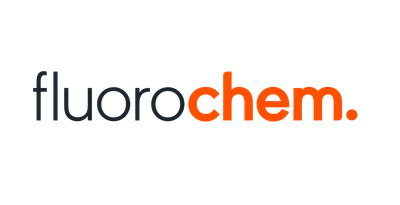
3-chloro-N-mesitylpropanamide, 95.0%, 5g
3-chloro-N-mesitylpropanamide, 95.0%, 5g
SKU F315386-5G
€ 2 149,40
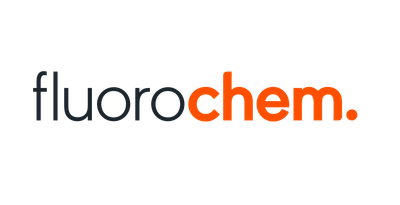
Methyl 2-bromo-5-methylbenzoate, 95.0%, 25g
Methyl 2-bromo-5-methylbenzoate, 95.0%, 25g
SKU F220175-25G
€ 46,20
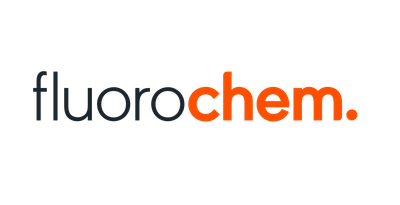
4-(2-BOC-AMINO)ETHYL-BENZALDEHYDE, 95.0%, 10g
4-(2-BOC-AMINO)ETHYL-BENZALDEHYDE, 95.0%, 10g
SKU F301509-10G
€ 943,80
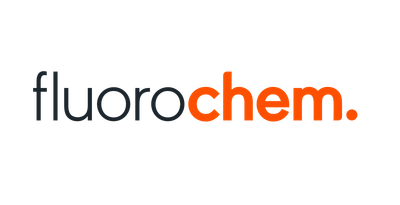
1-Nitro-4-(4-nitrophenoxy)benzene, 95+%, 25g
1-Nitro-4-(4-nitrophenoxy)benzene, 95+%, 25g
SKU F639979-25G
€ 85,80
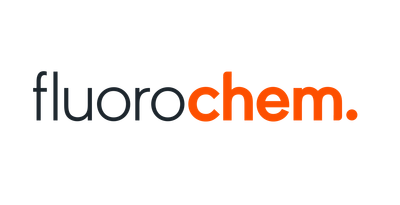
4-Bromo-2-(pyridin-4-ylmethoxy)pyridine, 1g
4-Bromo-2-(pyridin-4-ylmethoxy)pyridine, 1g
SKU F476670-1G
€ 1 161,60
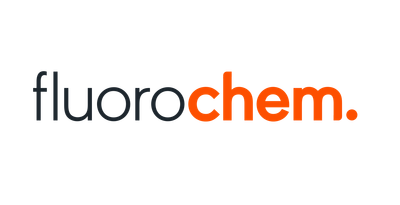
1-(Furan-3-ylmethyl)piperazine, 97%, 250mg
1-(Furan-3-ylmethyl)piperazine, 97%, 250mg
SKU F680091-250MG
€ 466,40
Display prices in:EUR

